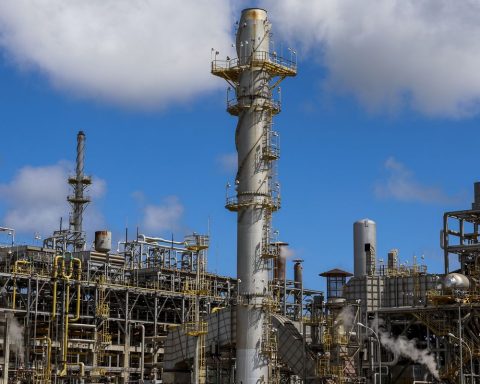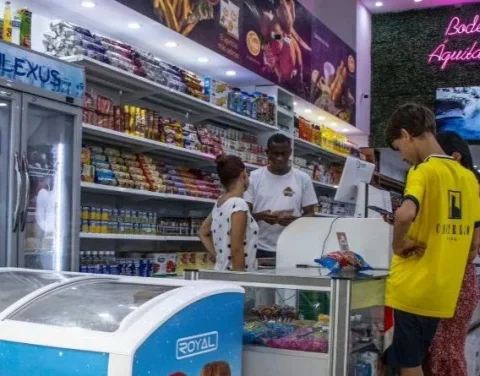Energy consumption throughout the country reached 11,730.9 Gigawatts/hour (GWh) in May, with a year-on-year increase of 6.8%, according to the report released this Wednesday by the Foundation for Electrical Development (Fundelec).
The highest demand coincided with a month with an average temperature of 13.8ºC, five tenths less than in May 2021 and eight less than the historical monthly.
Growth occurred in all three classes of users, with a 6.4% increase in residential demand, 6.8% in commercial and 5.9% in industrial.
“In this way, electricity demand rose for the second consecutive month after the 1.5% drop last March,” Fundelec said.
For its part, month-on-month growth was 15.6%, compared to 10,149.1 GWh consumed in April.
In the Metropolitan Area of Buenos Aires (AMBA), where 34% of the country’s total consumption is concentrated, the records of the Administrative Company of the Wholesale Electricity Market (Cammesa) showed an increase of 6.8%coinciding with the national one, with increases of 6.3% in Edenor’s coverage area and 7.4% in Edesur’s.
In the rest of the country, 25 provinces and/or companies closed the month with promotions; Formosa and Jujuy maintained the same levels as twelve months ago and in no case were there falls.
In terms of generation, hydro was around 2,290 GWh compared to 2,047 GWh in the same period of the previous year, which represents a positive variation of 12%.
“Although very low flow is still observed in the main basins, such as Paraná, Uruguay and Comahue, well below historical marks, an improvement in Paraná and Uruguay is also notable, compared to previous months,” the entity pointed out.
Fuel consumption, compared to thermal generation with a drop of close to 2%, was similar to the same month of the previous year.
Thermal generation continued to lead the share, with 55.84% of total requirements, followed by hydroelectricity, with a contribution of 18.16%.
With less participation, nuclear power plants provided 4.99% and generators from alternative sources 11.61% of the total, while imports represented 9.4% of total demand.


















